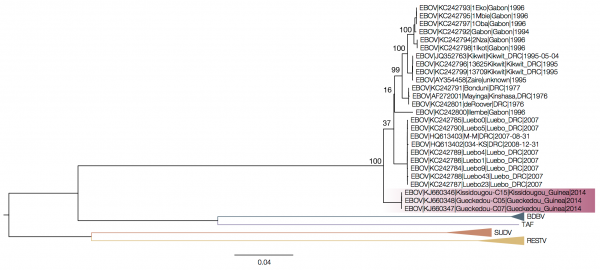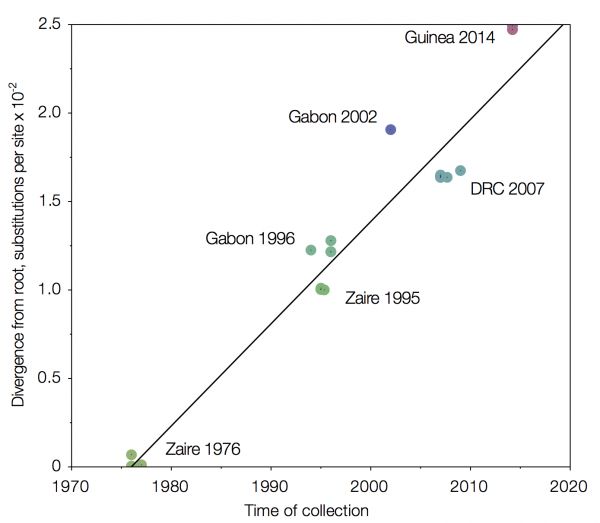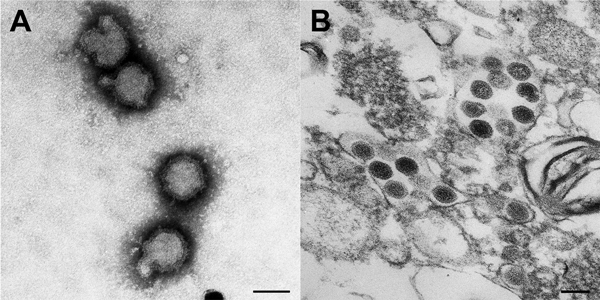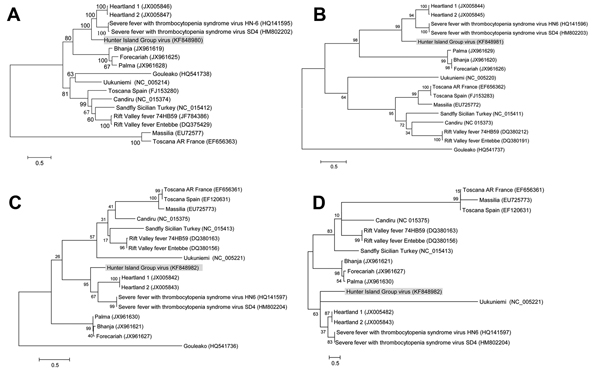Walter Plowright and Sir Michael Stoker: two names inextricably linked with virology. Their names have now been given to two new buildings that have now been more or less completed.
Tomorrow our lab moves to the new Sir Michael Stoker building in Glasgow. Ultimately, the building of this new lab will see the entirety of the Centre for Virus Research based on one site, which will make life much easier for people like me who, until now, use pieces of kit from both sites.
It's gold. Very gold. But it's what's inside that counts. Expansive labs, a big ACDP 3 suite (including insectory), a next generation sequencing suite, a series of rooms for various forms of electron microscopy, and a big server to excite the bioinformaticians, it's an impressive building. Everyone should be excited about working there.
 |
| A Golden Temple of virology: the Sir Michael Stoker Building, linked directly with the Sir Henry Wellcome Building |
Sir Michael Stoker was chair of virology at the Glasgow MRC virology unit. It is his work with cells for which he is most famed. Originally as a way of researching viruses causing cancer, his work yielded the hamster-derived BHK cell line. It is hard to quantify the impact that this had. Until that point, foot and mouth disease virus (FMDV) vaccines were being produced by growing the viruses in sheets of epithelium that had been peeled off of cows tongues. The BHK cell line, in addition to being generally permissive for many viruses, now enabled the mass production of FMDV vaccines.
 |
| Sir Michael Stoker (source) |
Regardless of whether it was the Institute for Animal Health (now The Pirbright Institute) or Merial that was responsible for the leak of FMDV, it was already apparent by 2007 that the facilities at The Pirbright Institute were in need of an update. Plans for a redevelopment were already under way, but the outbreak simply served to focus this objective, as well as instigating a reassessment of where the institute's future lay (purely virology - at the time bacteriology and parasitology we firmly established at the sister site at Compton). Last week I went to the centenary event of the Institute, and this included a tour of the newly complete Plowright building.

In contrast to the relative compactness of the Sir Michael Stoker building, The Plowright building is vast. And it needs to be. Unlike the Stoker building, much of the Plowright building operates at negative pressure in order to allow work on the highest category of animal pathogen, including viruses such as FMDV and African Swine Fever virus. To allow this, virtually a floor of the building is taken up by the fans, filters and pipes of the air handling system. Ultimately, this results in labs that aren't actually that big, and space will be an issue, but walking around it's mighty impressive. For example, the lab I did my PhD in was made of bricks and mortar; this lab is made of a specific concrete that is designed to have fewer air bubbles.
The Plowright building is also different to most other containment labs of this level. Others, such as AAHL at Geelong, operate as a 'box within a box'; in the case of the Plowright it's been designed so that the outer surface is sufficiently robust that it acts as the outer shell, meaning that the working conditions inside are much more pleasant.
 |
| Walter Plowright (RODNEY WHITE / Associated Press) |
In June 2011 the FAO declared the world free of rinderpest. It was only the second time, after smallpox, that such a disease had been wiped from the earth, at least outside the bounds of a laboratory freezer. Fundamental to the eradication of rinderpest, as for smallpox and soon hopefully polio, a vaccine was imperative. And it was Plowright's vaccine that was used for the eradication. It was a great vaccine, being both cheap to produce and resulting in lifelong immunity. The vaccine was derived 'simply' by passaging the virus multiple times in cell culture; something which wasn't quite so 'simple' during the 1950s and 1960s. It was then a huge achievement, and one without which the world may still be plagued by rinderpest.
In the end though, you can have the best building ever, but this it's useless unless it's full of good people doing good science and, with the infrastructure sorted, that's now the focus for everyone.















